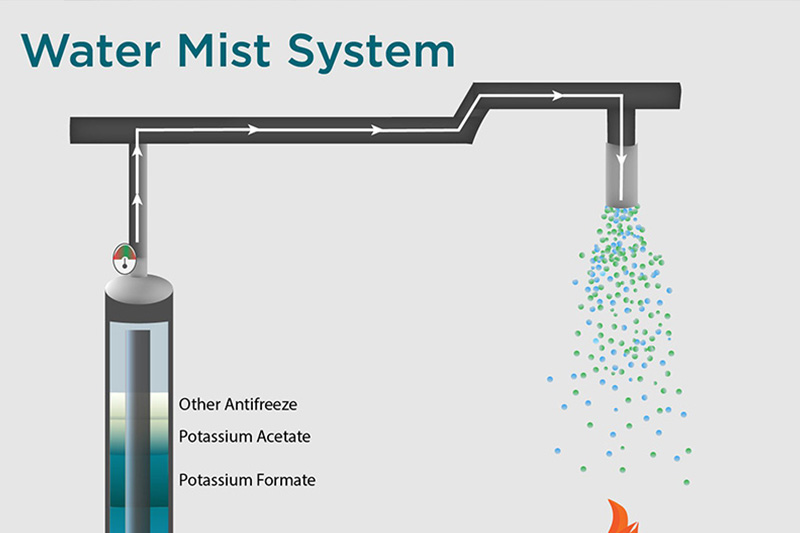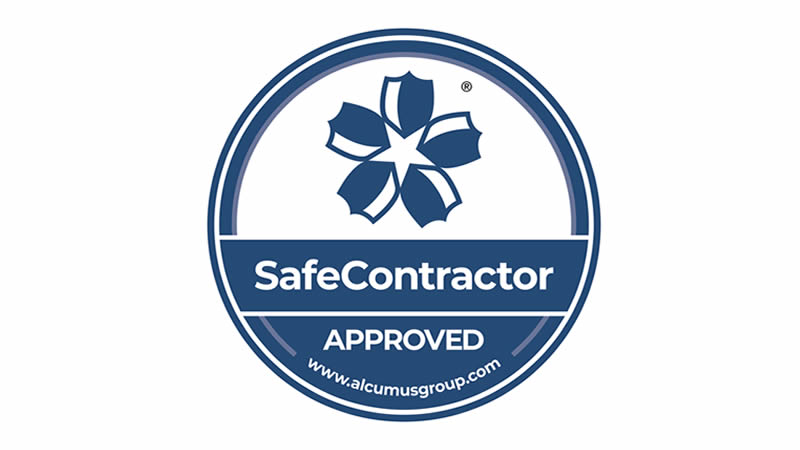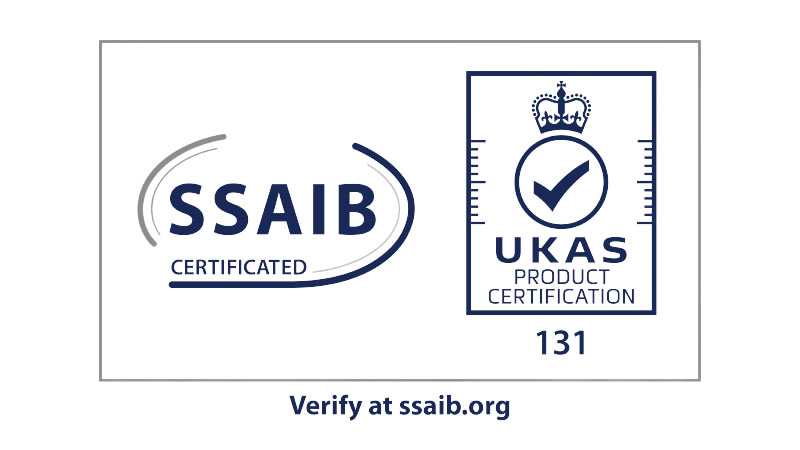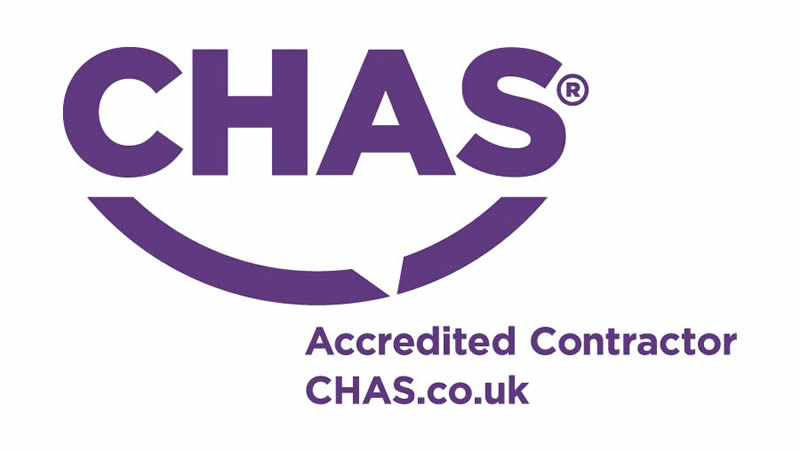FIRE SUPPRESSION SYSTEMS
Installation & Maintenance of Fire Suppression Systems
Fire Suppression Systems
What is a Fire Suppression system?
A Fire Suppression system suppresses a fire through releasing an agent to either reduce the oxygen, reduce the chemical reaction within the atmosphere or cool the fire.
Once a fire has been detected, by either the manual or automatic detection, a notification is sent to the panel which in turn releases the agent.
Fire Suppression systems are being installed to protect all industries across the UK from Restaurants and Bakeries to Offices and Food manufacturers.
Why have a Fire Suppression system Installed?
The need for a Fire Suppression system is driven by either:
1. Your insurance company has stated the requirement
2. Your company has identified a fire risk that needs a solution that does not rely on a member of staff to alert people and extinguish the fire.
We know from experience that choosing the correct Fire Suppression system for your organisation can be a bit of a minefield.
There are a few essential points to consider:
Your building/risk area/asset is likely to be unprotected or have no staff presence more during unoccupied hours than normal working hours.
The type of detection available should be considered carefully, as this is the main part of a fire suppression system.
Other areas of the risk should be considered, can the fire spread to other areas away from the risk.
What is the potential down time of the equipment/asset if there was a fire? Try and work this out in production hours lost or business interruption as well as the cost of the asset.
What will the system need to interface with?
What is my organisations’ policy on agents/sustainability that could potentially be used for suppressing the fire?
Have you considered any clean up requirements after discharge of the agent?
Will I need a spare reserve of agent should the system trigger (downtime for re-fill and re-charge can be up to 10 working days)?
What agent is suitable and could it cause damage – e.g. water is not the only solution.
Will I need to vent the area after discharge?
Does the area I am protecting have good integrity – will it retain the agent to suppress the fire?
Frequently Asked Questions For Commercial Fire Suppression Systems
Advice When Considering Commercial Fire Suppression Systems for Your Business
Bonus Tip: Review your suppression system annually, as your business evolves, so do your fire risks. Expansion, layout changes, or new equipment can all affect system performance and compliance.
Our Clients
Some of the clients we have the pleasure of working with

“Our existing intruder system and devices had become obsolete and did not meet with current installation standards. SS Systems provided a modern hybrid system that provided a logistical solution without disruption to the fabric of the property. SS Systems now provide us with the necessary support and ongoing preventative maintenance service.” – Phil Blunt, Owner, Adby Farm
Externally Monitored to Ensure that we meet a High Standard of Service.
As members of the SSAIB (Security Systems and Alarms Inspection Board), We maintain service records and monitor our success. The SSAIB, is a leading certification body for organisations providing security systems and services, fire detection alarm systems, and monitoring services. So, you can be confident that we strive to provide our clients with a reliable and professional level of service.









